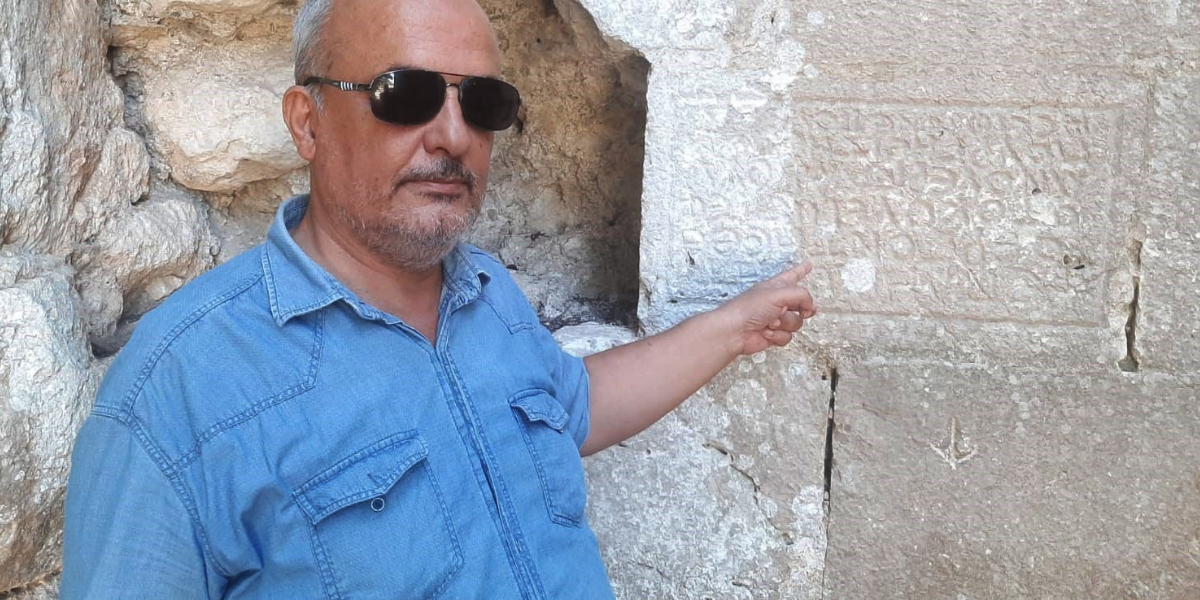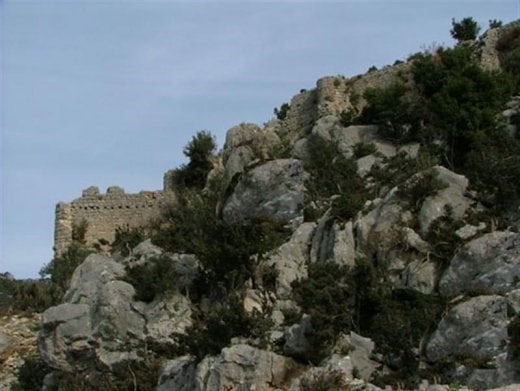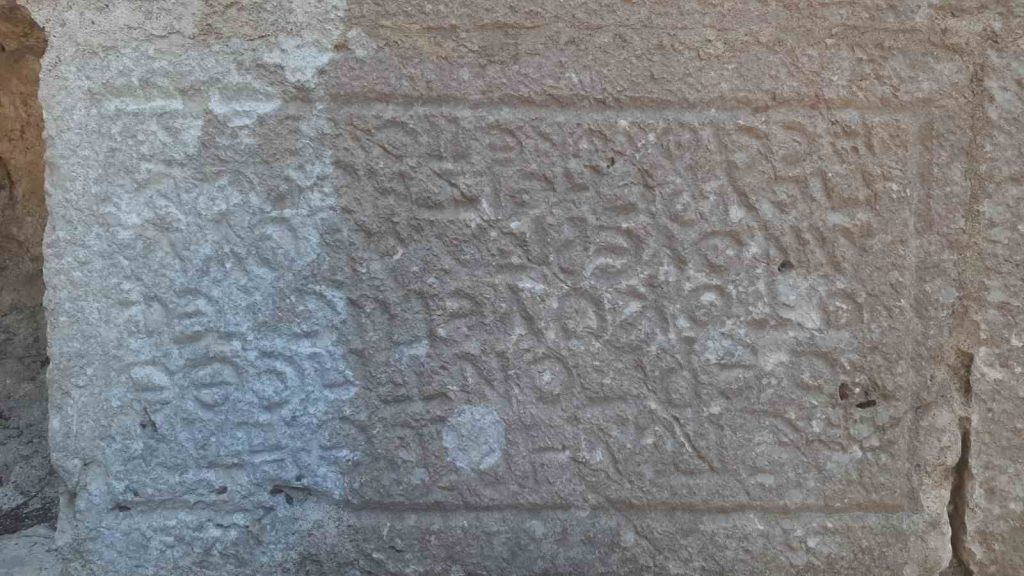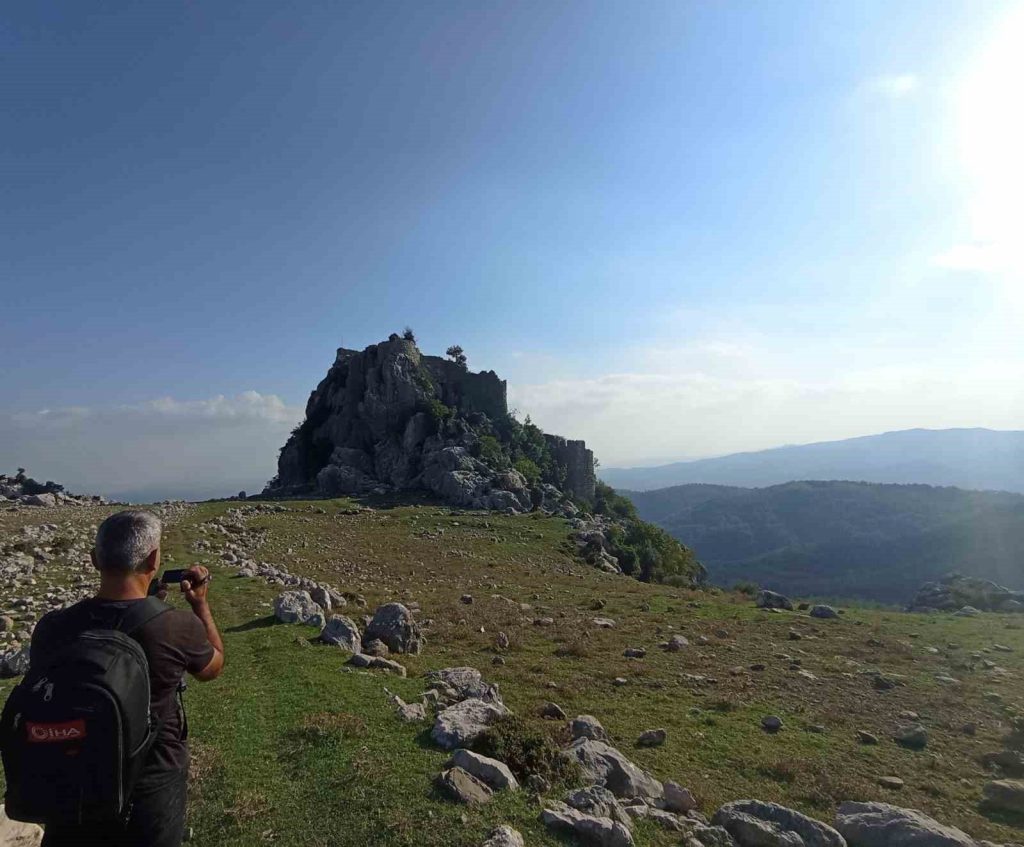
The inscription of Çem Castle awaits decipherment
The inscription on the wall of Çem Castle in the Sumbas district of Osmaniye in southern Türkiye is waiting to be solved.
To date, the language and alphabet in which the inscription was written has not yet been deciphered.
Çem Castle was used as an important defense center especially in the Middle Ages. During the Ottoman period, it was called “Vannos Castle”.

The three different inscriptions on the walls of the castle, which have not yet been deciphered, continue to be a matter of great curiosity for historians and linguists.
📣 Our WhatsApp channel is now LIVE! Stay up-to-date with the latest news and updates, just click here to follow us on WhatsApp and never miss a thing!!
The studies conducted so far have not been able to decipher which civilization and nation used the alphabet and what is written in the inscription.

Stating that the written texts in Çem Castle are among the rare inscriptions that have not been solved in the world, Researcher Historian-Author Yurdaer Yanık said, “If the mysterious alphabet that has not yet been solved in the world is solved, the history of Çukurova will be rewritten.”

Yanık said, “Çem Castle is a very sheltered medieval castle built on the trade route in the region. It was known as Vannos Castle during the Ottoman period. There are 3 separate inscriptions used as spolia stones on the castle walls, the mystery of which has not been solved so far. We do not know what is in the texts, which are not clear in which language they are written. I invite scientists and academicians here. Some of the letters in the text resemble the letters in the alphabet used by the Scythian Turks, but it is not the Scythian alphabet. Some letters are similar to the Göktürk alphabet. If the written text here is deciphered, the history of Çukurova will be rewritten.”
Cover Photo: Researcher Historian-Author Yurdaer Yanık/IHA
You may also like
- A 1700-year-old statue of Pan unearthed during the excavations at Polyeuktos in İstanbul
- The granary was found in the ancient city of Sebaste, founded by the first Roman emperor Augustus
- Donalar Kale Kapı Rock Tomb or Donalar Rock Tomb
- Theater emerges as works continue in ancient city of Perinthos
- Urartian King Argishti’s bronze shield revealed the name of an unknown country
- The religious center of Lycia, the ancient city of Letoon
- Who were the Luwians?
- A new study brings a fresh perspective on the Anatolian origin of the Indo-European languages
- Perhaps the oldest thermal treatment center in the world, which has been in continuous use for 2000 years -Basilica Therma Roman Bath or King’s Daughter-
- The largest synagogue of the ancient world, located in the ancient city of Sardis, is being restored











Leave a Reply